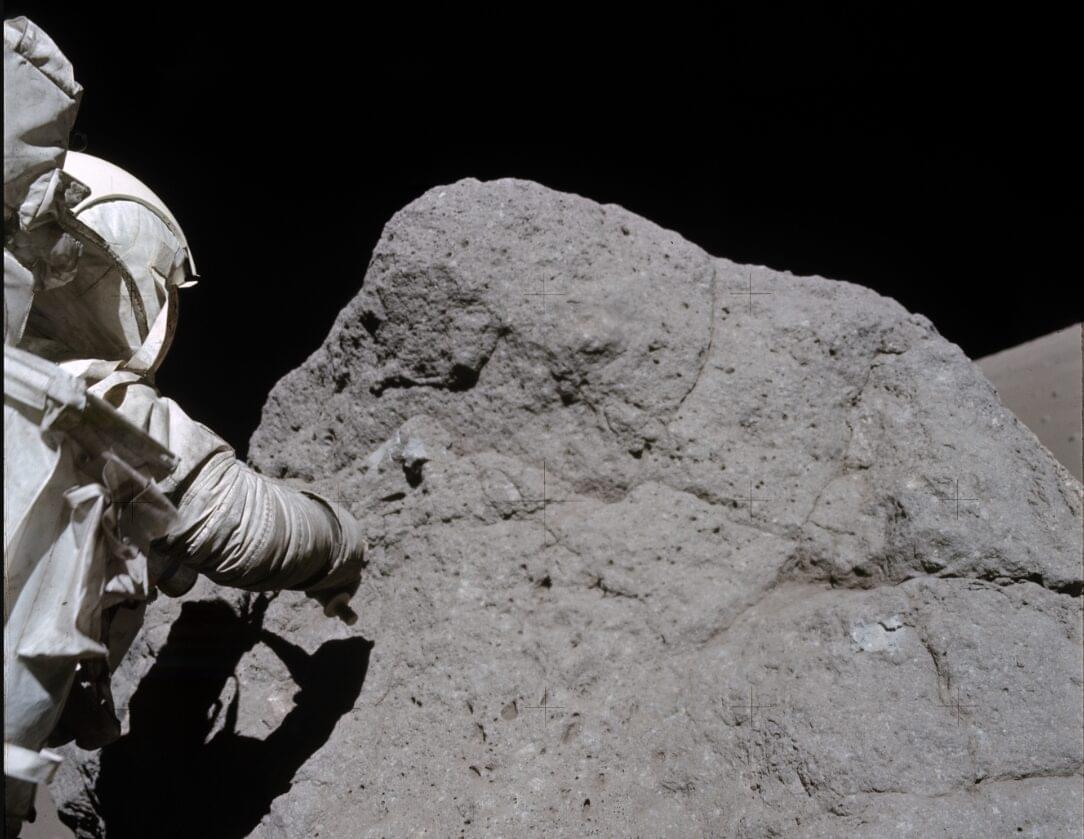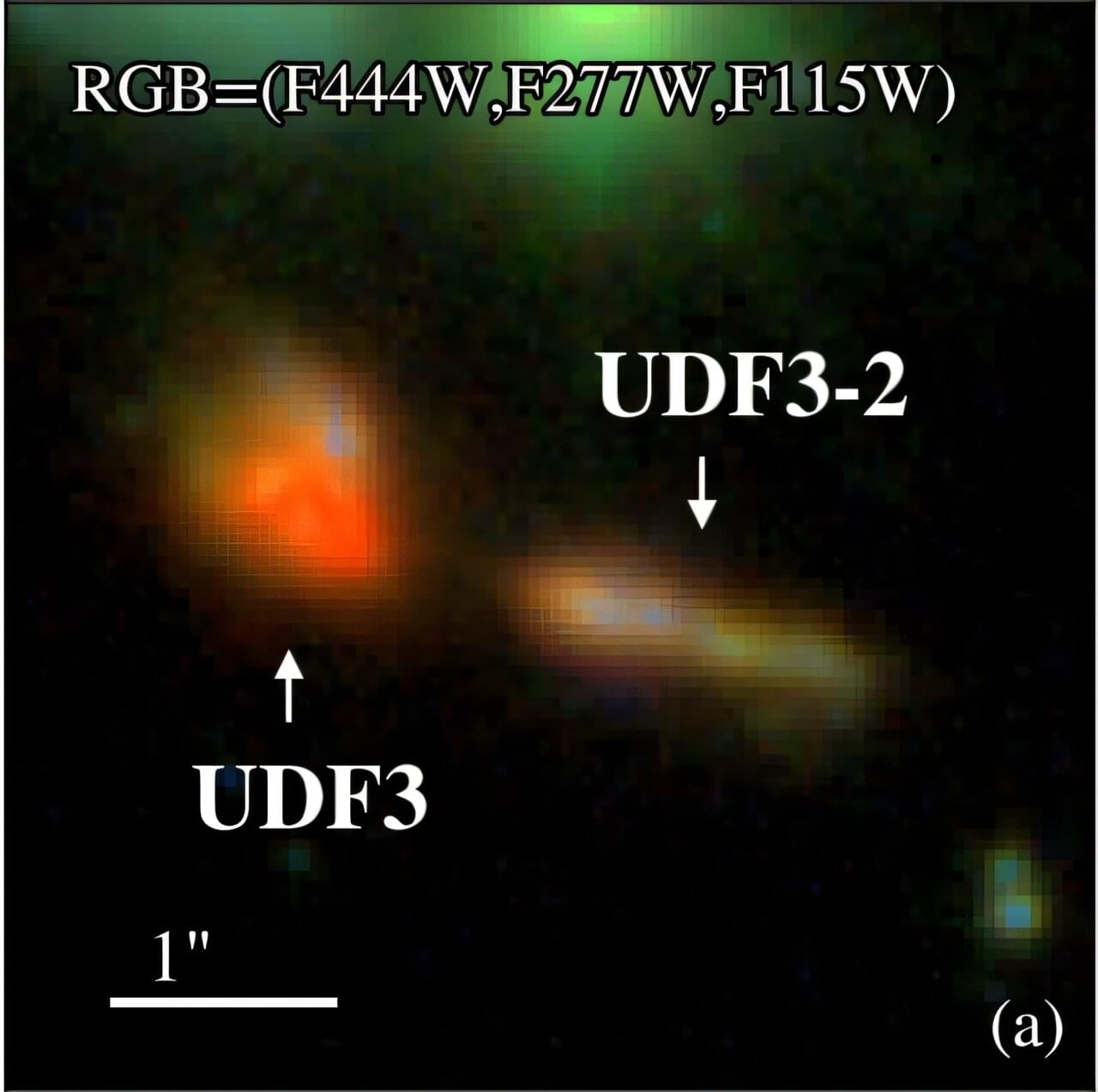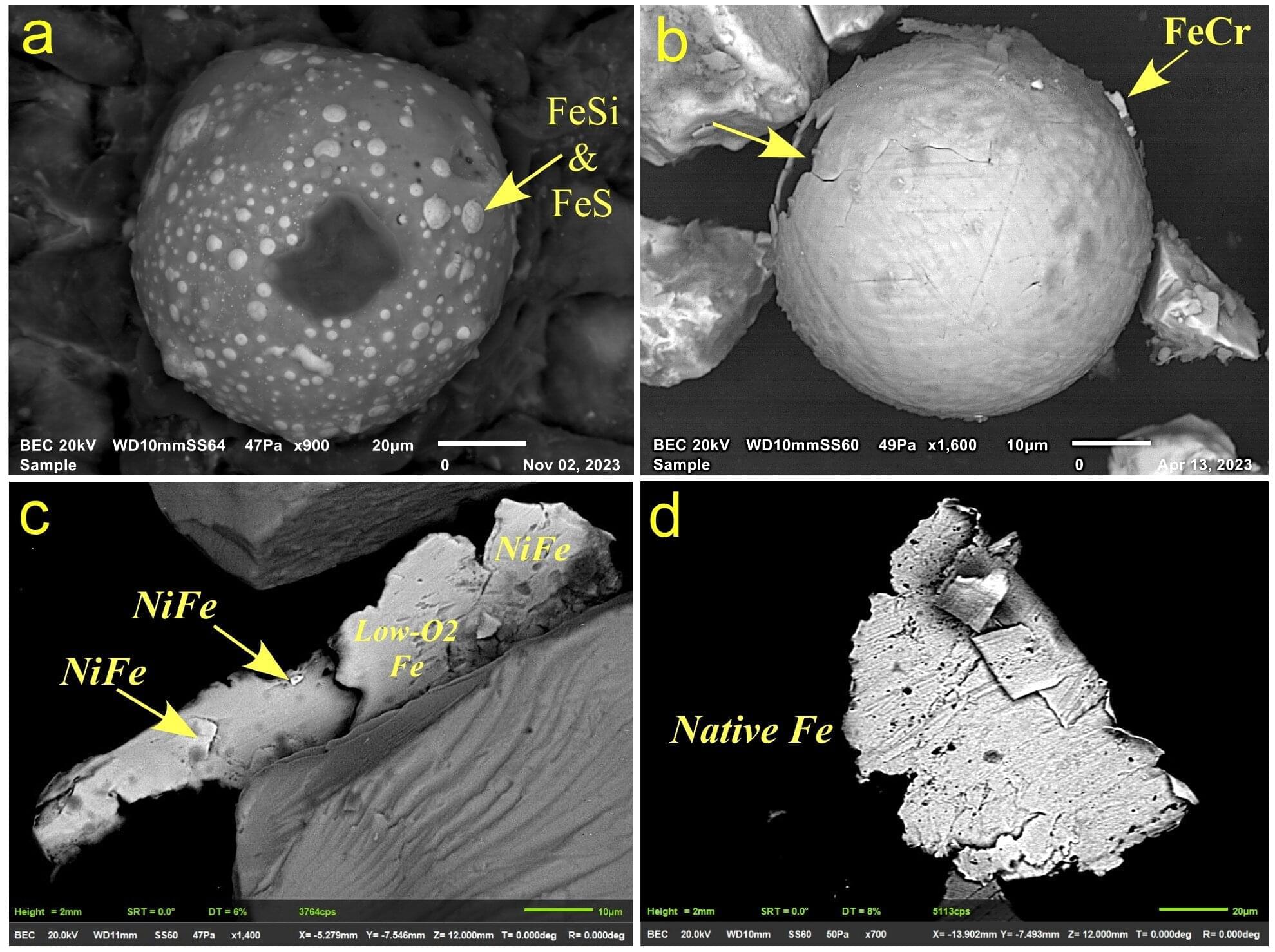A new paper reveals that ground acceleration from moonquakes, rather than meteor impacts, was responsible for shifting lunar landscapes at the moon’s Taurus-Littrow valley, where Apollo 17 astronauts landed in 1972. The study also pinpointed a possible cause for those surface changes and assessed damage risk using new models of the quakes—findings that may impact the safety of future lunar missions and the establishment of long-term bases on the moon.
The paper, authored by Smithsonian Senior Scientist Emeritus Thomas R. Watters and University of Maryland Associate Professor of Geology Nicholas Schmerr, is published in the journal Science Advances.
The scientists analyzed evidence from the Apollo 17 landing site, where NASA astronauts collected samples from boulder falls and landslides that were likely triggered by moonquakes. By studying the geological evidence left behind, the researchers were able to estimate the strength of these ancient moonquakes and identify their most probable source.









